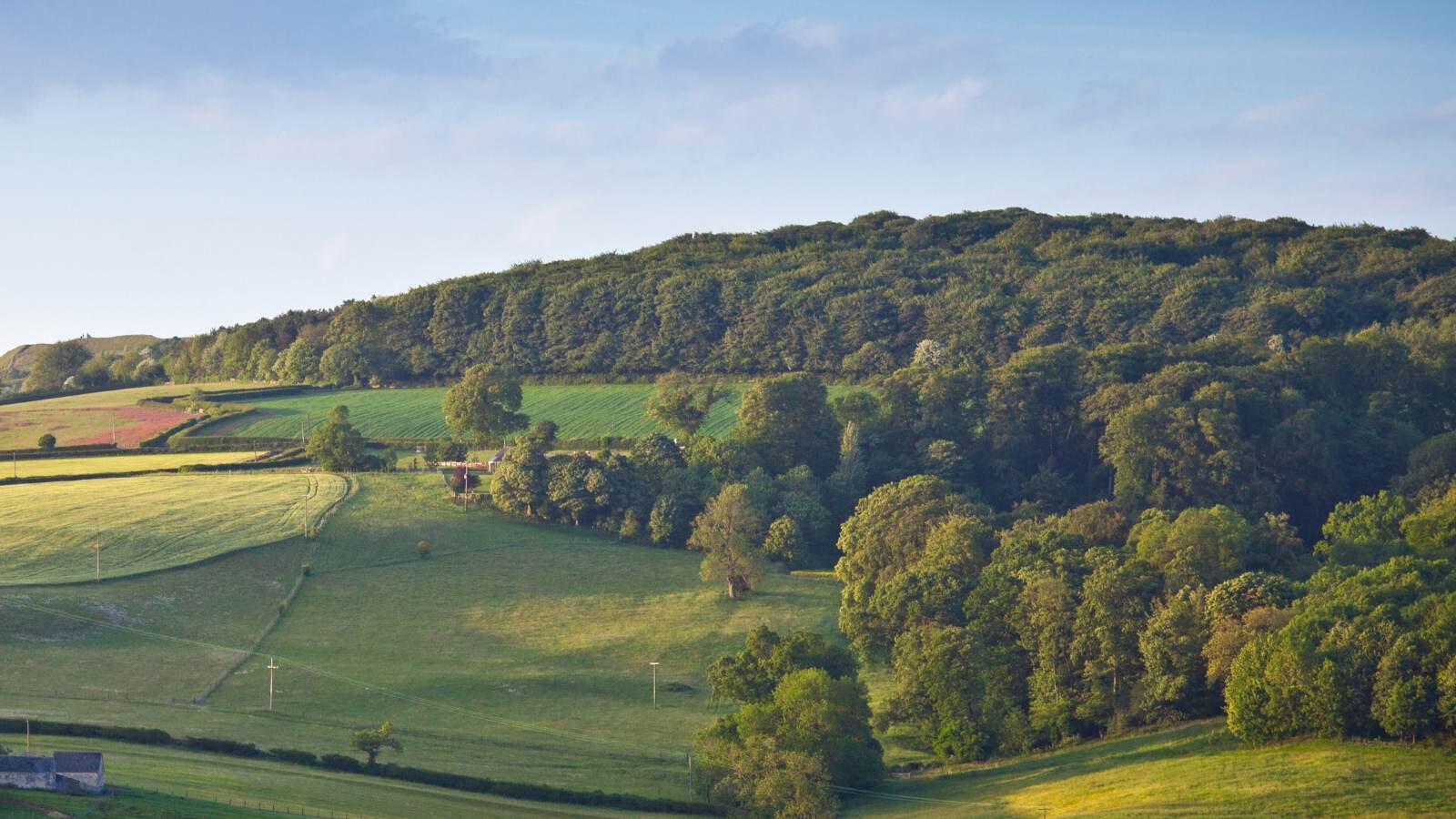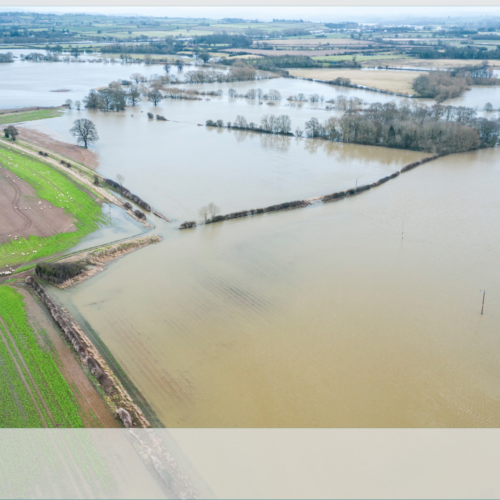‘Minor’ developments now need to provide a biodiversity net gain (BNG)
As most of us know, major developments now need to provide a biodiversity net gain (BNG) of 10%. As of April of this year, this now also applies to ‘small’ development sites. This new approach to development and land management aims to leave the natural environment in a measurably better state than before and puts nature at the centre of planning requirements.
To help small developers understand biodiversity net gain regulations, we’ve compiled a guide all about BNG and its impact on small development sites.
What Is Biodiversity Net Gain?
According to the fourth annual State of Nature (SON) report (September 2023), UK species have experienced an average decline of 19% since 1970, with nearly one in six species (16.1%) hovering on the edge of extinction.

Biodiversity net gain is a strategic approach to minimising such negative impacts and improving biodiversity for a defined area of land. The Environment Act 2021 enforces this requirement, stipulating that before any works are started, the existing and proposed biodiversity values of a development site need to be measured. A clear plan for achieving the required increase in the BNG score will also need to be approved before the work starts.
BNG legislation requires developers to assess an area’s existing biodiversity prior to development, establishing a baseline score that can be measured. With this baseline in place, developers can plan projects with the goal of achieving a net increase in biodiversity. This can involve a range of strategies, such as habitat restoration, creating green spaces, or establishing wildlife corridors.
It is advisable to consider measures that avoid damage to any of the on-site habitats and reduce the works’ environmental footprint as far as possible. Starting the habitat enhancement works before any development works begin can also increase the BNG score.
Important note: the success of BNG is not just about implementing measures during the development process but also involves ongoing monitoring and evaluation to ensure that the desired biodiversity outcomes are achieved.
Definition Of “Small Sites” and the Small Sites Metric (SSM)
The BNG framework defines small sites or small developments as non-major developments under the Town and Country Planning (Development Management Procedure) (England) Order 2015). They are categorised as follows:
- Residential development sites covering less than 1 hectare with one to nine dwellings or sites smaller than 0.5 hectares if the number of dwellings can’t be specified.
- Non-residential developments covering less than 1 hectare or with less than 1,000 square metres of floor space.
- Industrial site developments that are not waste developments or do not involve the working of minerals or use of land for mineral-working deposits.
However, the legislation does allow for some exceptions, including small-scale custom or self-build home projects.
The small sites metric calculates and assesses the biodiversity value of current habitats, habitat enhancement and habitat creation. Furthermore, it can calculate various “biodiversity units” through specific “modules”, including:
- Area habitat units
- Hedgerow units
- Watercourse units.
For more information on the SSM, see The Small Sites Metric (Statutory Biodiversity Metric) User Guide provided by the Department for Environment, Food & Rural Affairs.
Small developments need a “Competent Person” for SSM Assessment
Developers in charge of small sites must appoint an SSM “user”, an essential qualified person to conduct an SSM assessment using the SSM tool. SSM users are expected to be sufficiently skilled in:
- Identifying habitats on the site before development
- Understanding the management needs for habitats created or enhanced as part of the post-development landscape design.
This individual is not required to be an ecologist; however, they must possess the appropriate knowledge and experience outlined in the British Standard BS 8683:2021 – Process for designing and implementing Biodiversity Net Gain.
Three ways for small site developers to achieve BNG
There are three methods for developers to meet the 10% BNG requirement:
- To create, enhance, or restore the biodiversity or habitats that already exist within the ‘red-line’ boundaries of a development site. This option is often the cheapest, and it has been reported that local planning authorities tend to prefer on-site BNG rather than any offsets.
- If full BNG cannot be achieved on-site, developers can opt for a combination of on-site and off-site solutions, such as purchasing off-site biodiversity units available on the market or enhancing biodiversity on land outside the development area.
- If a combined on-site and off-site BNG strategy is not feasible, developers must purchase statutory biodiversity credits from the government. These funds are then allocated to habitat creation projects across England but should only be considered as a last resort.
Combining all three strategies is applicable, but they must be applied in the specified biodiversity gain hierarchy sequence.
Navigate the challenges of biodiversity net gain legislation with Thomson EC
Thomson Environmental Consultants (TEC) can offer clients a one-stop solution for matters relating to BNG by integrating environmental consultancy with environmental contracting. We can support you with the following services:
- Scoping & Feasibility Assessment
- Baseline BNG Assessment
- On-site & Off-site Gain Advice
- Habitat Creation for BNG
- Long-Term Habitat Management
Our award-winning Geospatial team can provide accurate and rapid BNG calculations from the baseline surveys and post-development plans using data collected by our specially trained CIEEM accredited Ecologists (I’m not sure how to phrase this). We can also help write and develop Habitat Management and Monitoring Plans (HMMP) to ensure that the habitat improvements are maintained over the longer term.
Our specialist Habitats team can assist with the details and design of on-site habitats and the maintenance and enhancement works, all per the approved credit assessments. These works may include:
- Construction and planting of ponds, which are especially beneficial for newts and amphibians.
- Tree and hedge planting to create nesting sites and to act as a food source.
- Seeding – including the creation of wildflower meadows, which are beneficial for insects and act as a source of nectar.
- Various types of habitat enhancement – woodlands, hedges, ponds, wildflower meadows, heathlands.
Do you need clarification on BNG?
At Thomson Environmental Consultants, we have an in-house BNG specialist team with a wealth of experience with small sites and large multi-phase developments.
Contact us for BNG guidance and support; we can help you understand your obligations, achieve compliance, and deliver positive environmental legacies.











